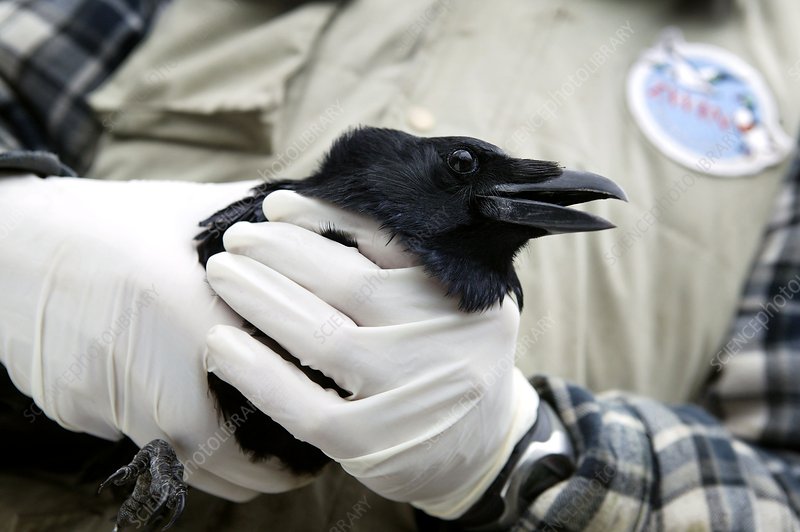India on High Alert: The Avian Influenza Pandemic Potential
Migratory Birds and Poultry: Fueling the Risk of Bird Flu in India
Can India Prevent the Next Pandemic? Battling the Bird Flu Threat
Silent Spread: Understanding Avian Influenza’s Pandemic Potential in India
Avian Influenza: India’s Strategy to Prevent a Pandemic

The article discusses the potential risk of an avian influenza (bird flu) pandemic in India :
- India is a crucial stopover point for millions of migratory birds, which act as carriers of avian influenza viruses. These birds often interact with domestic poultry, increasing the risk of virus transmission and the emergence of new, potentially dangerous strains.
- Avian influenza viruses, particularly the highly pathogenic HPAI A(H5N1), have demonstrated their ability to infect mammals, including humans. While human-to-human transmission is not yet sustained, the virus’s wide spread and capacity for mutation raise concerns about a future pandemic.
- India has experienced several avian influenza outbreaks in poultry since 2006, resulting in significant economic losses. While only two human cases have been reported, the small sample size limits our understanding of the virus’s potential impact on human health.
- Experts emphasize the unpredictable nature of avian influenza. The virus’s behavior in birds doesn’t necessarily predict its effects in humans. The focus remains on the possibility of the H5 AIV strain jumping the species barrier and infecting humans more efficiently, as seen with the recent outbreak in US cattle.
- India is taking steps to mitigate the risk of a pandemic. These measures include:
- Strengthening surveillance systems: This involves monitoring bird populations, investigating clusters of cases, and being ready to cull infected birds on a large scale.
- Implementing a One Health approach: This collaborative strategy brings together various health ministries and departments to enhance surveillance, response mechanisms, and vaccine development.
- Utilizing wastewater surveillance for early detection: This technique, successfully employed during the COVID-19 pandemic, can help identify the presence of avian influenza viruses before human cases occur.
- Developing standard operating procedures for environmental surveillance: This includes using low-cost methods to monitor potential virus hotspots like wet markets, water bodies, and poultry farms.
We concludes by acknowledging the uncertainty surrounding a potential bird flu pandemic. While the current risk to the general public is considered low, the possibility remains, and continued vigilance, surveillance, and a coordinated One Health approach are essential for preparedness and timely intervention.
Comparison of avian influenza with COVID global pandemic
While both avian influenza (bird flu) and COVID-19 are respiratory viruses that can cause pandemics, there are key differences between them:
- Current Pandemic Status: COVID-19 caused a global pandemic that significantly impacted human health and economies worldwide. In contrast, while avian influenza has the potential to cause a pandemic, there’s currently no evidence of sustained human-to-human transmission, and the risk to the general public is considered low.
- Primary Host: Bird flu primarily affects birds, with occasional spillover events to mammals, including humans. COVID-19, on the other hand, primarily affects humans, with its origins linked to animal-to-human transmission.
- Transmission Efficiency: COVID-19 is highly transmissible among humans, leading to rapid spread and large outbreaks. Bird flu transmission to humans is currently inefficient, and human-to-human transmission is even rarer.
- Severity and Mortality: While both viruses can cause severe disease, the case fatality rate for avian HPAI A(H5N1) in humans is estimated around 50% (though this might be an overestimate). COVID-19 has a lower overall case fatality rate, although it can still be dangerous, particularly for vulnerable populations.
The key takeaway is that while both avian influenza and COVID-19 pose threats to global health, they differ significantly in their current pandemic status, primary hosts, transmission efficiency, and severity. While lessons learned from the COVID-19 pandemic, such as the importance of surveillance, early detection, and a One Health approach, are valuable for preparing for a potential bird flu pandemic, it’s crucial to recognize the distinct characteristics of each virus and tailor response strategies accordingly.






